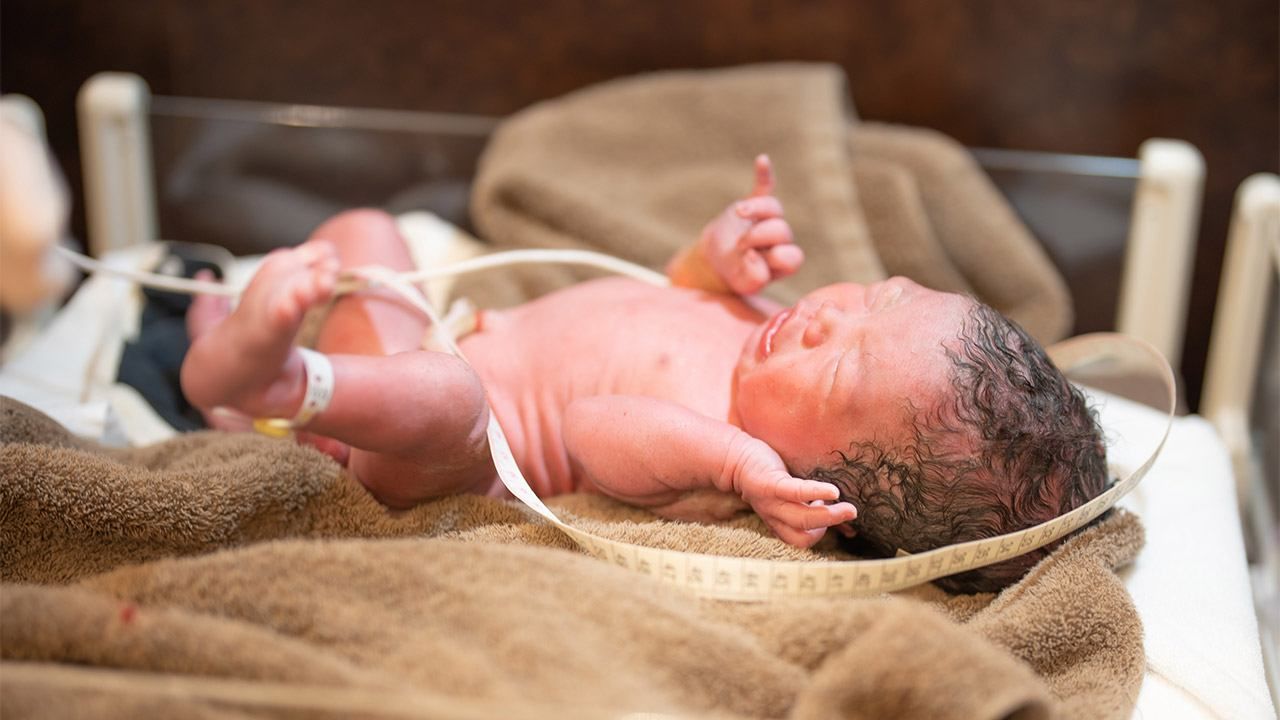
IVF Births in Japan Reach a Record 70,000 in 2021
Health Family Science Society- English
- 日本語
- 简体字
- 繁體字
- Français
- Español
- العربية
- Русский
In 2021, the number of children born through in vitro fertilization as part of infertility treatment increased by 9,416 from the previous year to a record high of 69,797 in Japan, according to a report by the Japan Society of Obstetrics and Gynecology. Demographic statistics showed that there were 811,622 births in the country in 2021, meaning one in every 11.6 babies was born through IVF. Since 2016, the annual number of treatment cycles had remained around 450,000. However, in 2021 this rose to 498,140, the highest on record. The most common age for those receiving treatment was 39, with 39,631 cases, followed by those aged 40 and 41.
IVF is a fertility treatment where a woman’s egg is fertilized using her partner’s sperm in a laboratory to become an embryo, which is then returned to the woman’s womb. The world’s first IVF baby was born in Britain in 1978 to great media interest and was termed a “test tube baby.” In Japan, since the birth of the first IVF baby at Tōhoku University in 1983, there have been more than 840,000 babies born through this treatment, and it has steadily become more common.
Once there is an embryo, there are two methods of IVF that can be used. One is to return the embryo to the womb as it is and the other is to freeze it and return it during a later IVF cycle. In 2021, 90% of children born through IVF involved the method of frozen embryo transfer.
From 2022, as part of measures to combat the declining birthrate, infertility treatments, including IVF, were newly added under coverage by national health insurance.
(Translated from Japanese. Banner photo © Pixta.)

